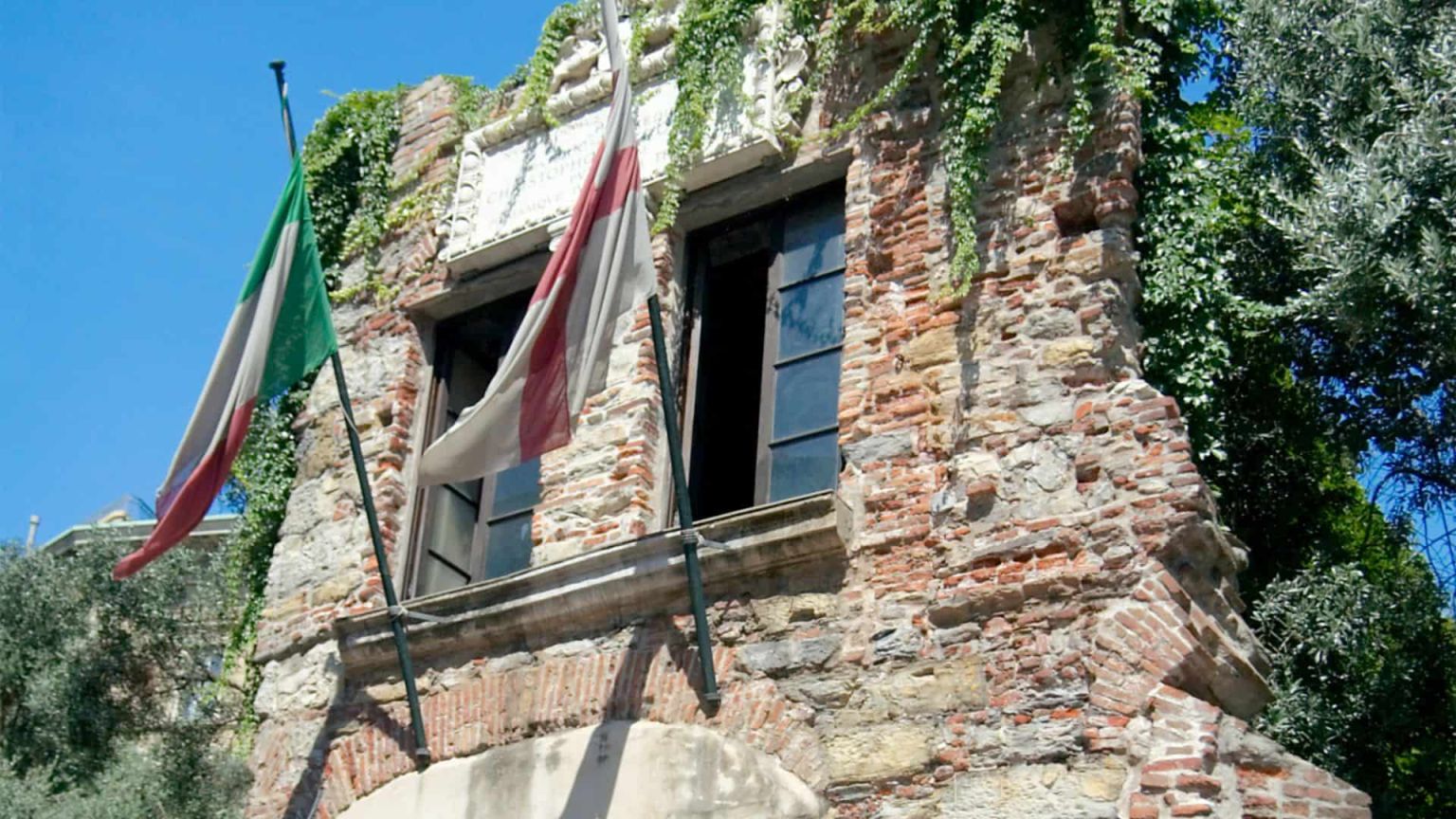
Columbus' House in Genoa: following in the footsteps of the great navigator
Columbus' House: the tickets most chosen by travelers
Christopher Columbus House: Fast Track Ticket
Guided tour of Casa di Colombo, see where the famous explorer lived in his youth
from 10.5 €
Buy nowWhy visit Columbus' house in Genoa
Columbus' house was identified in the 19th century as the home where the family of the famous navigator lived between 1455 and 1470, when Christopher was still a child between four and nine years old. It was a modest dwelling: on the ground floor, there were small rooms used as a workshop and kitchen, equipped with a basic system for collecting water and a simple latrine. Upstairs, two small rooms served as spaces for meals and rest.
In 1684, during the French bombardment ordered by the Sun King, the building suffered severe damage. Despite the subsequent demolitions that affected the area in the 1930s, the house was rebuilt due to the symbolic importance of its former resident.
Today, the house is a small museum dedicated to Christopher Columbus. Exhibition panels and displays recount not only his historic achievements but also his everyday life.
The building has two floors. The ground level was once the workshop of Domenico Colombo, Christopher's father, who worked in wool weaving and trade, while the family lived upstairs. The current structure is believed to be an 18th-century reconstruction of the original medieval house where Columbus spent his early years.
According to Genovese historian Marcello Staglieno, who identified the house, the building at the time likely had two or three floors and was restored based on the original remains. Historical documents indicate that Domenico Colombo moved his family to Vico Dritto Ponticello in 1455, when Christopher was still very young. The main entrance was located on the left side of the facade, and a wooden beam ceiling separated the workshop from the living quarters, reflecting the house's original design.
In 1887, the city of Genoa purchased the house to strengthen evidence of the navigator’s Genovese origins. It was later included in the restoration project of Porta Soprana, which helped preserve it through the urban transformations that took place between the late 19th and early 20th centuries. On the facade, a plaque reads: "No house is more worthy of consideration than this one, where Christopher Columbus spent his early youth within the walls of his family home."
During a restoration project in 2001, important archaeological remains were discovered, including traces of ancient masonry, possibly of Roman origin, and a medieval underground canal used for drainage.
Discover all other experiences
How to visit Christopher Columbus' house in Genoa
One of the best ways to visit Christopher Columbus' house in Genoa, where the famous navigator lived during his youth, is to purchase a fast-track ticket online in advance. This way, you can skip the line and enjoy a detailed guided tour led by an expert who will answer all your questions and curiosities about one of the most important figures in world history.
The ticket also includes access to the Cloister of Sant'Andrea, of which the house is part, along with Porta Soprana.
Columbus' House: tips for your visit
How to get to Columbus' house
Christopher Columbus' house is located on Via di Porta Soprana, in the vibrant heart of Genoa, just a few steps from the lively Piazza De Ferrari.
You can easily reach it either by public transport or with a pleasant walk.
If you choose public transport, the nearest metro stop is De Ferrari, while for those who prefer the bus, the best stop is Piazza Dante.
Those who enjoy exploring on foot can follow the tourist itinerary through the historic center, a route that takes you through the city's main attractions and leads directly to Columbus' house.
If you prefer to drive, it is recommended to park in the large paid parking lot in Piazza Dante, just a short walk from the house. Alternatively, you can look for free parking areas in Genoa, although they are located farther from the historic center.
The best experiences in
Best attractions around Columbus' House
all entrance tickets for the most popular Italian attractions
Genoa: 10 things to do like a local
Do you want to visit Genoa like a local? Then check the 10 things to do in 2026 to live the city like a true Genoese.
Read more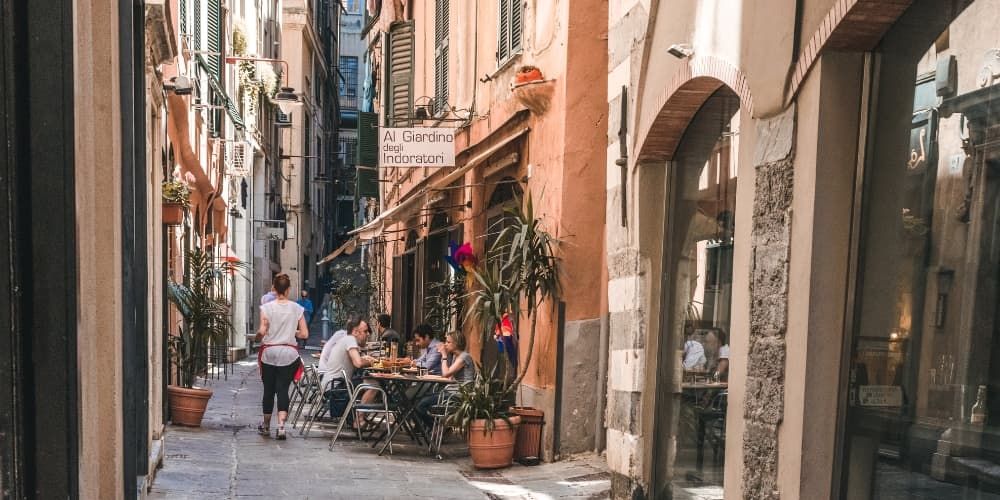
Useful information about Columbus' house (FAQ)
Where is Christopher Columbus' house located?
Just beyond Porta Soprana, right outside the perimeter of Genoa’s ancient medieval walls, stands what is known as Columbus' house. It is very likely a 17th-century reconstruction of the original medieval building where Christopher Columbus spent his youth, before setting off on the journey that would change history.
How long does the visit to Christopher Columbus' house take?
The guided tour of Christopher Columbus' house, available in both Italian and English, also includes the nearby Cloister of Sant'Andrea and lasts about 15 to 20 minutes.
How far is the Genoa Aquarium from Columbus' house?
The Genoa Aquarium, located at Ponte Spinola 16, is about a 12-minute walk (approximately 900 meters) from Columbus' house, located on Via di Porta Soprana.
Exploring the monumental complex of Genoa
Behind Columbus' house, a small garden opens up, home to the Cloister of Sant'Andrea, relocated here after the demolition of the ancient Benedictine monastery it once belonged to in 1904. Not far from there stands Porta Soprana, one of the main medieval gateways to the city and a crucial crossing point for travelers arriving from the east.
The Cloister of Sant'Andrea, built in the 12th century within the monastic complex of Sant'Andrea della Porta, was carefully dismantled in 1905 following the monastery’s demolition. It is the only architectural element that was preserved from the destruction, which was part of a large urban redevelopment project that led to the disappearance of the entire medieval quarter of Sant'Andrea, an area that was still densely populated at the beginning of the 20th century. The monastery originally stood close to where the cloister is now located, next to Porta Soprana, and could be reached by a small path branching out from the gate.
Porta Soprana served as the main entrance to medieval Genoa for anyone coming from the east. The structure still dominates the hill of Sant'Andrea, which takes its name from the ancient monastery demolished in the 19th century to make way for Via Dante and the modern buildings, including the one that now houses the Bank of Italy. The imposing twin towers that frame the gate still bear two ancient Latin inscriptions celebrating the city's glory. One of them, positioned on the left and visible to those approaching the entrance, reads: "I am guarded by soldiers, surrounded by splendid walls, and I repel enemy darts with my valor. If you come in peace, approach these gates without fear; but if you seek war, you will retreat sad and defeated."





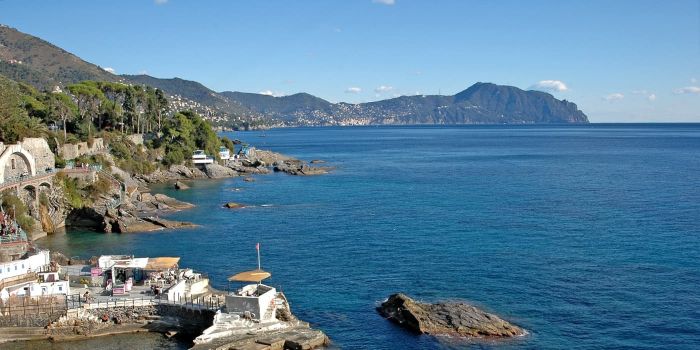
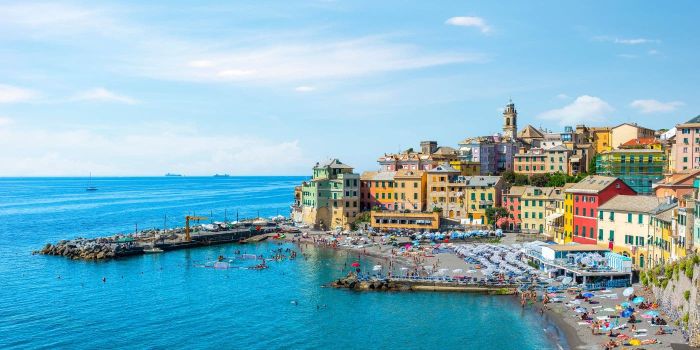
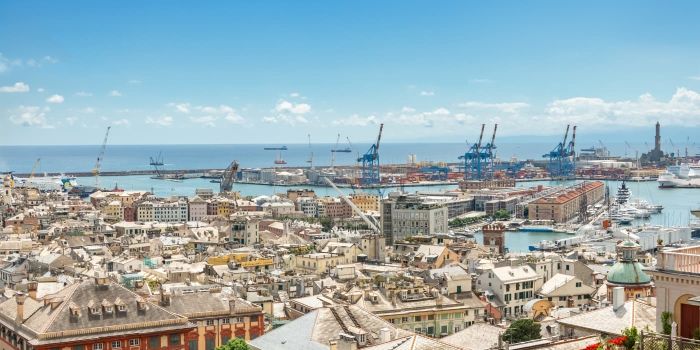
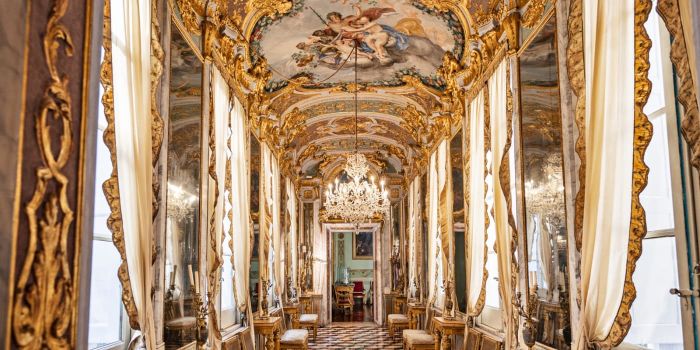
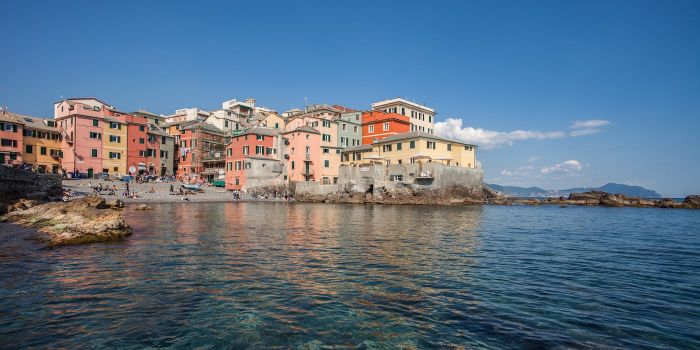
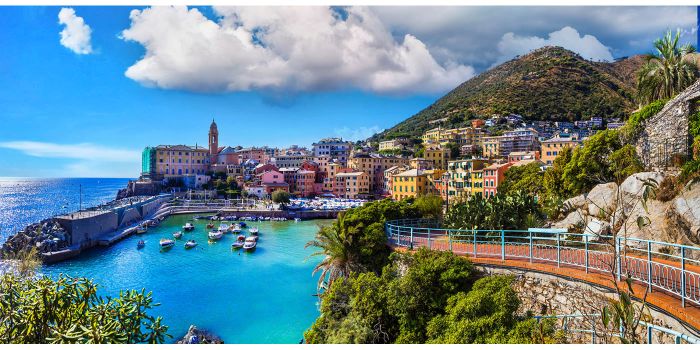
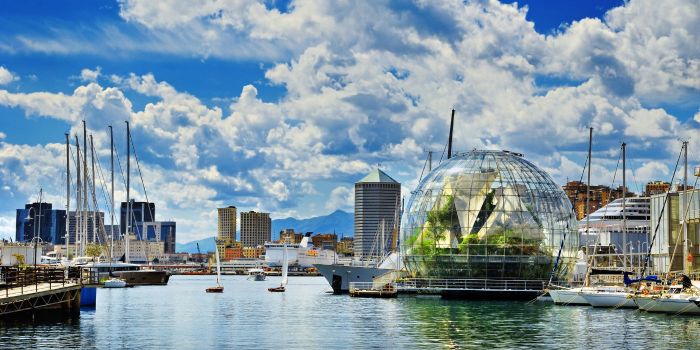
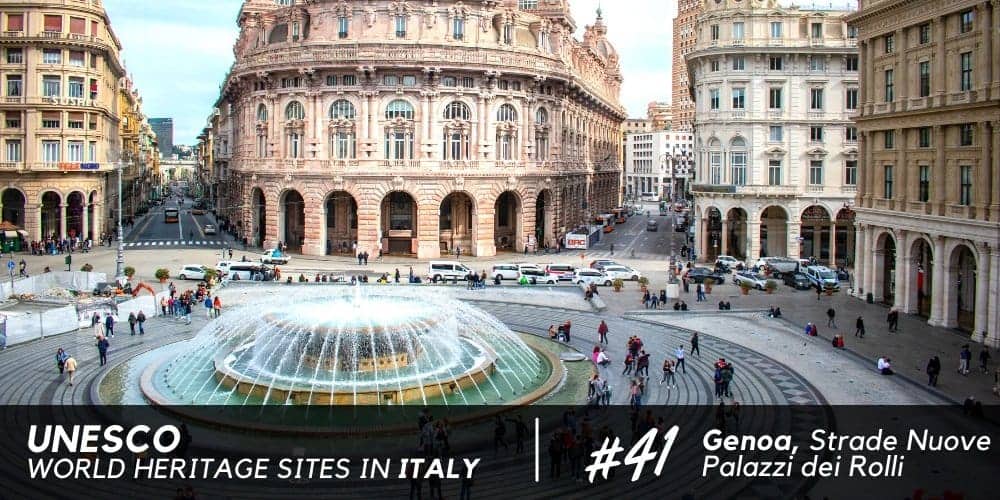









Flavia Cantini
Come to Genoa to visit the House of Columbus: here is the most useful information to visit the place where the famous navigator who discovered the New World was born.